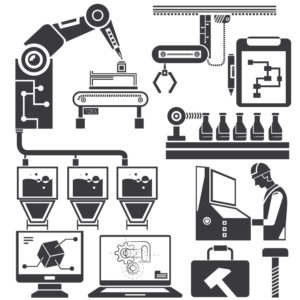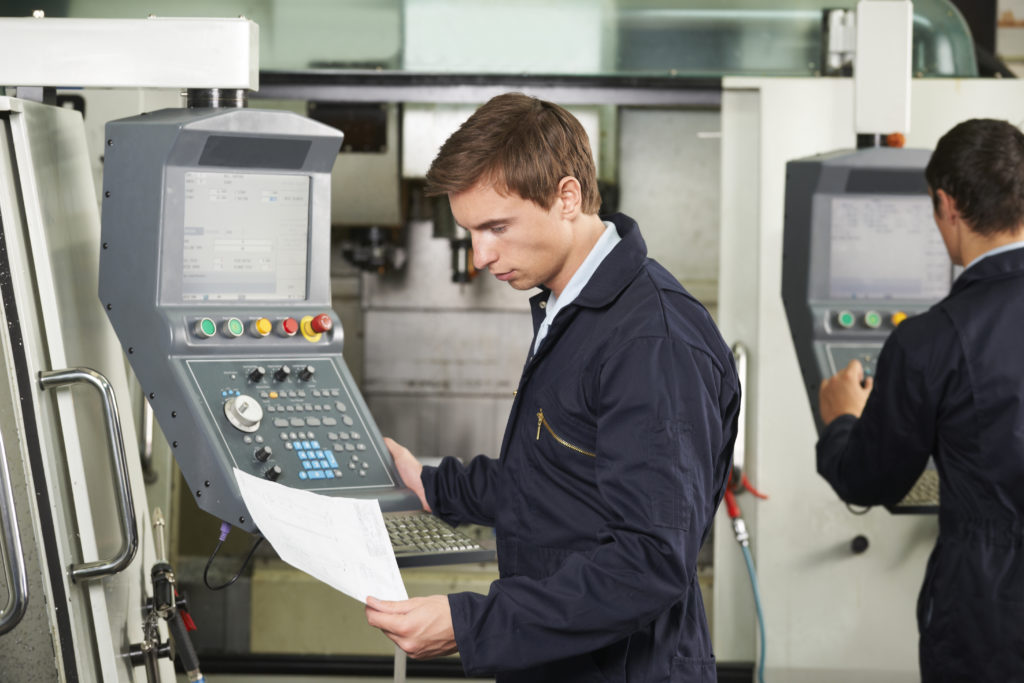There are obvious costs to replacing machinery, and choosing when to replace instead of repair is a topic we’ve covered in the past on multiple occasions. Factors include obsolete equipment, health/safety concerns, risk of machinery failure and many more. What about the easily overlooked, secondary costs of replacing your machinery?
Learning Curve
Even if a newer model of machinery functions similar to its previous version, there could be new, unfamiliar features or technology. Overall production speed can slow if there is a need for extra training for operation or data collection.
Higher Operating Costs
Newer machines tend to increase operating costs due to their increased output, energy consumption and labor costs. A newer machine might affect overall production capacity if the rest of the machines can’t  keep up with its output.
keep up with its output.
Upfront Downtime
If it’s time to replace, then you need to factor in the amount of time it takes to remove old machinery, ship new machinery, install new machinery, test it and then train your staff to operate it properly.
Supply Chain Costs
A new machine could very well move through raw materials at a faster, more efficient rate than older models. If more materials are needed more frequently, then there’s more demand on material suppliers, not to mention material storage.
Sometimes entire replacement of machinery will be an inevitable, necessary step. Factoring in all of your costs, the obvious financial as well as the secondary costs will help you make a full, educated decision about when to repair your machinery instead of implementing new. What are some ways your company has repaired machinery and minimized costs while doing so? Share with us in the comments below!
